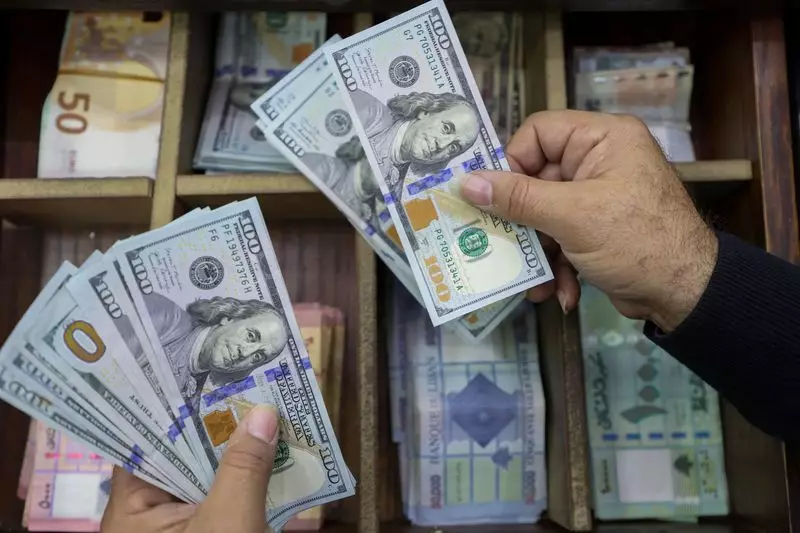As the global economic landscape undergoes a series of fluctuations influenced by tariff policies and central bank decisions, the U.S. dollar remains at the forefront of investor attention. The nuances of currency exchange are increasingly tied to geopolitical events, particularly with regard to impending tariffs and economic data. Recent developments underscore the volatile interplay between the dollar, euro, and yen, heightened by shifting market sentiments and strategic moves by central banks.
Recent trading activity indicates a complex relationship between the U.S. dollar and other major currencies, particularly the euro and yen. On Monday, the dollar made slight gains against the euro but weakened against the yen as investor anxiety over U.S. tariffs emerged once more. This resurgence of concern has roots in the Administration’s mixed signals regarding trade policies, notably with Colombia, which have set investors on edge. Analysts observe that while the prior weeks might have suggested an easing of tariff tensions, the reemergence of these fears has the potential to reshape currency valuations.
Key factors driving the fluctuation in the dollar’s worth include expectations about potential tariffs imposed on a range of countries, including major trading partners like China and Canada. The Mexican peso’s performance, which saw a decline as tariff worries resurfaced, serves as a barometer for market sentiments surrounding U.S. trade policies. This currency interdependence indicates that the U.S. dollar’s status as a global currency is closely linked to trade dynamics and geopolitical machinations.
As attention shifts to central bank meetings and economic reports, market participants are adjusting their strategies in response to potential policy indications. The upcoming monetary policy decisions from the U.S. Federal Reserve and several other central banks, such as the European Central Bank (ECB) and the Bank of Canada, are being closely scrutinized. While estimates suggest no rate change from the Fed, there are anticipations of modest cuts from the ECB and other institutions. The divergence in interest rate trajectories will likely inform currency valuation amid concerns over inflationary pressures stemming from U.S. tariffs.
Not surprisingly, the U.S. dollar index—a critical gauge of the greenback’s strength relative to a basket of currencies—remained relatively stable despite recent fluctuations. The dollar index hovered slightly below key resistance levels, indicating a market weighing the potential implications of interest rate differentials against tariff-induced impacts on inflation.
This week is poised to deliver key economic data that could further inform market positioning. Reports documenting inflation data from Germany, France, and Japan are anticipated, alongside influential metrics from the U.S. These releases may shift attention from tariff anxieties to macroeconomic indicators, influencing trader sentiment and decisions. Analysts like Adarsh Sinha from BofA underscore this transitional focus, citing the need to monitor how these metrics will play into the broader narrative of interest rates versus inflation.
Furthermore, the ongoing situation in Japan, where increasing inflation and potential interest rate rises are being discussed, casts another layer of complexity on international currency dynamics. The Bank of Japan’s recent efforts to raise policy rates while grappling with President Trump’s tariff threats suggest a delicate balance of domestic economic concerns and international relations.
In parallel to these activities, the cryptocurrency market is also experiencing notable shifts, especially with Bitcoin seeing a decline from its recent highs. President Trump’s directives focused on exploring regulatory frameworks could engender new dynamics in cryptocurrency trading. However, despite recent optimism, analysts caution that many of the positive developments in the crypto sector have been priced into current valuations after weeks of speculation surrounding expected favorable regulations.
The interplay between tariffs, central bank policy, and inflation data creates a multifaceted environment for the U.S. dollar. Investors are reminded that fluctuations in currency values arise from an array of influences beyond immediate market movements. With central banks poised for critical announcements and geopolitical concerns ever-present, the coming days will prove pivotal in determining the dollar’s trajectory amid these ongoing economic shifts.

